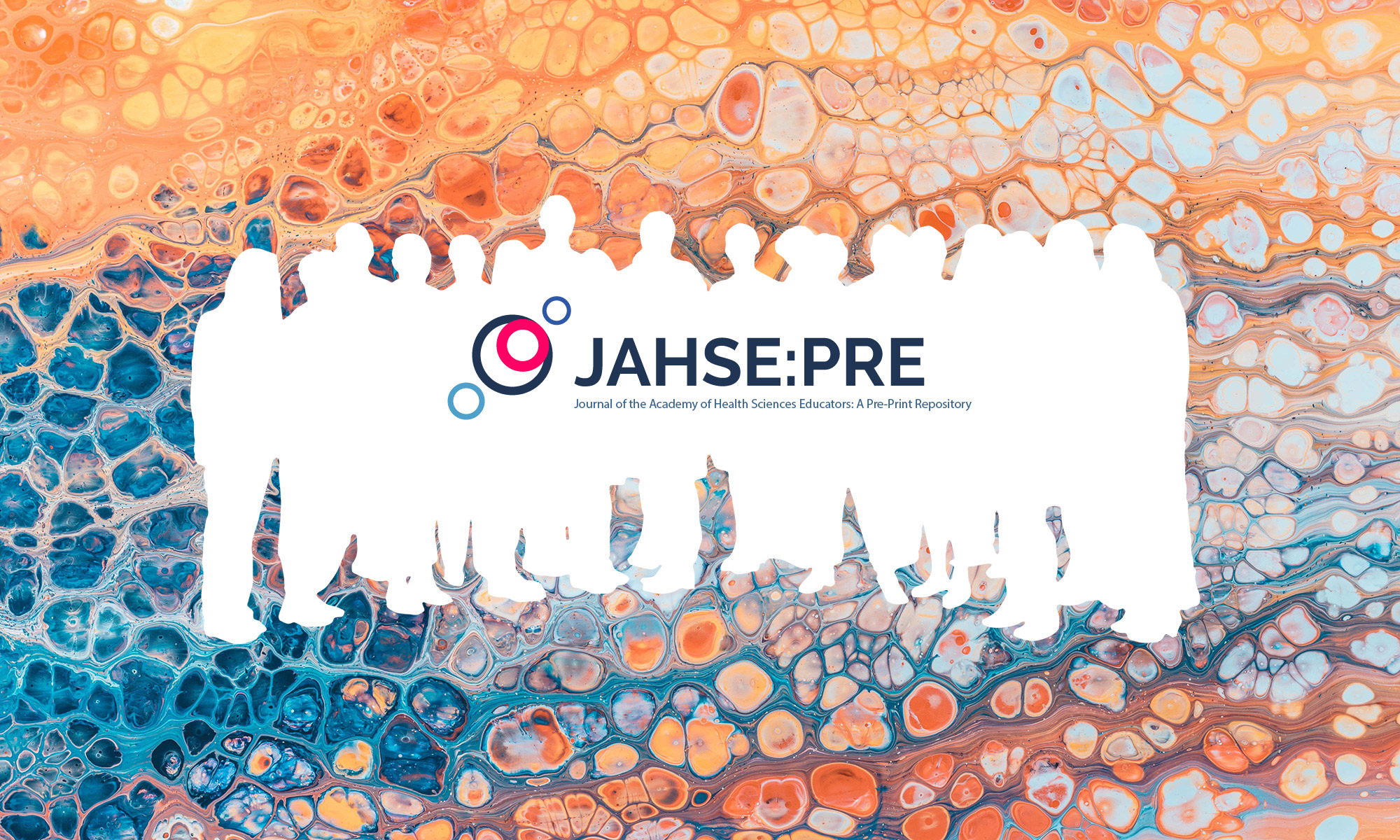Abstract
Purpose: Create a deliverable with national and local mental health resources to decrease suicide rates in Uinta County adolescents.
Background: Since 2018, Wyoming has held the highest suicide rate in the U.S. and Uinta County has the second-highest suicide rate in the state as of 2020. Uinta County has 1.5-fold more deaths by suicide than self-harm hospitalizations. There is a gap in care related to suicide awareness and prevention; people at risk for suicide are not being identified early for intervention.
Design: 250 stickers (80 Spanish, 170 English) with the national 988 crisis line, Wyoming crisis text line, and QR code to local mental health resources were created and provided to the Uinta County School District Superintendent and Project AWARE Manager to distribute to students. The stickers were promoted in a county public health meeting. The design was left with the Uinta County Suicide Prevention Task Force for further distribution.
Learning outcomes:
- Provide adolescents with national and local mental health resources.
- Establish the prevalence of suicide as a health crisis in Wyoming that is affecting adolescents significantly and deserves adequate attention in public health efforts.
Conclusion: Mental health is a highly stigmatized issue that has become a significant public health problem in Wyoming. Creating a resource for local adolescents utilizing a community-asset based approach will allow for a sustainable and substantial suicide prevention effort.
References
- Uinta County Human Services CSBG Tripartite Board. (2022). Uinta County, Wyoming 2022 Community Needs Assessment.
- Szlyk, Berk, M., Peralta, A. O., & Miranda, R. (2020). COVID-19 Takes Adolescent Suicide Prevention to Less Charted Territory. Journal of Adolescent Health, 67(2), 161–163. https://doi.org/10.1016/j.jadohealth.2020.05.046
- Blackstock, J., Chae, K. B., McDonald, A., & Mauk, G. W. (2018). Achieving Access to Mental Health Care for School-Aged Children in Rural Communities. The Rural Educator, 39(1), 12–25. https://doi.org/10.35608/ruraled.v39i1.212
- Asarnow, & Mehlum, L. (2019). Practitioner Review: Treatment for suicidal and self‐harming adolescents – advances in suicide prevention care. Journal of Child Psychology and Psychiatry, 60(10), 1046–1054. https://doi.org/10.1111/jcpp.13130
